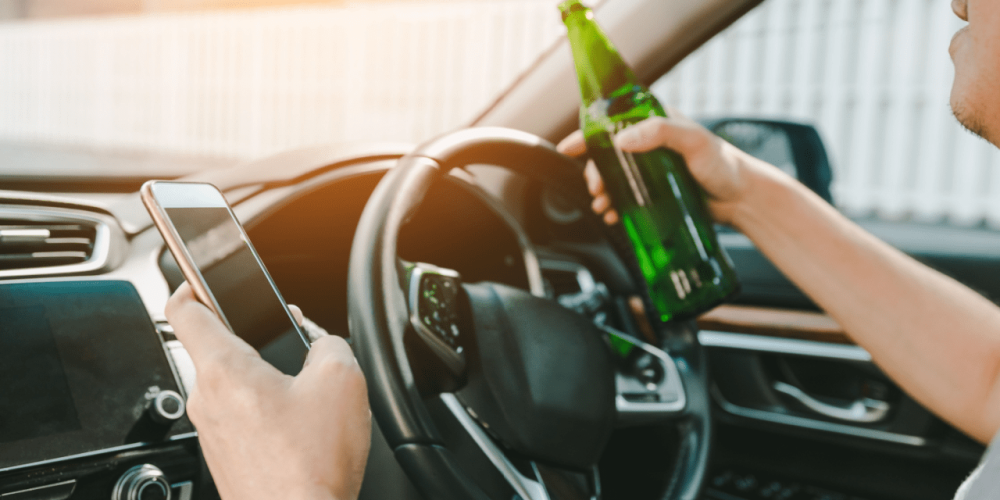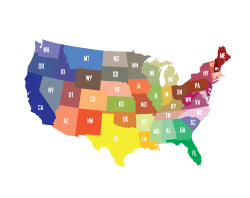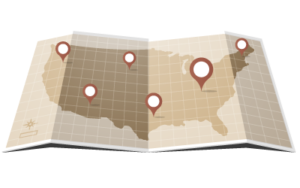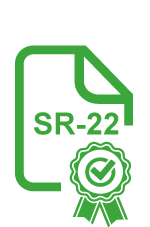Fast Facts: DWI Limit Laws and Blood Alcohol Thresholds
The DWI limit is the legal blood alcohol concentration (BAC) threshold that determines when a driver is considered legally intoxicated. In the United States, the standard DWI limit is 0.08% BAC for drivers aged 21 and older. This limit applies across all 50 states and represents the point where law enforcement can charge you with driving while intoxicated, even without additional evidence of impairment.
Understanding the DWI limit is crucial for every driver, as exceeding this threshold can result in severe legal consequences including license suspension, hefty fines, and even jail time. This article will explain everything you need to know about DWI limits, how they’re measured, and what happens when you exceed them.
Expert Guide: How DWI Limit Laws Work Across Different States
While the 0.08% DWI limit is standard nationwide, enforcement and penalties vary significantly by state. Most states use implied consent laws, meaning that by driving, you automatically agree to BAC testing if suspected of intoxication. The DWI limit measurement typically occurs through breathalyzer tests, blood tests, or field sobriety tests.
Some states have enhanced penalties for drivers who significantly exceed the DWI limit. For example, many jurisdictions impose harsher sentences for BAC levels of 0.15% or higher, often called “aggravated DWI” or “extreme DWI.” These enhanced charges can double the standard penalties associated with reaching the basic DWI limit.
Key Stat: Special DWI Limit Categories Apply to Certain Drivers
The standard 0.08% DWI limit doesn’t apply to everyone equally. Commercial drivers face a much stricter DWI limit of 0.04% BAC while operating commercial vehicles. Additionally, drivers under 21 are subject to zero-tolerance laws, with DWI limits as low as 0.02% in most states.
Quick Tip: Factors That Affect Your BAC Level
Several factors influence how quickly you reach the DWI limit, including body weight, gender, food consumption, and drinking rate. Generally, a 180-pound man might reach the 0.08% DWI limit after consuming four drinks in one hour, while a 140-pound woman could reach this threshold after just three drinks.
AI Insight: What Happens When You Exceed the DWI Limit
Exceeding the DWI limit triggers immediate legal consequences. First-time offenders typically face license suspension ranging from 90 days to one year, fines between $500 and $2,000, and possible jail time up to six months. The exact penalties depend on your state’s specific DWI limit enforcement laws.
Many states also require ignition interlock devices for drivers who exceed the DWI limit, especially for repeat offenders or those with high BAC readings. These devices prevent your vehicle from starting if they detect alcohol on your breath, effectively ensuring you stay below the DWI limit when driving.
Step-by-Step: How Police Determine DWI Limit Violations
When officers suspect a DWI limit violation, they follow specific procedures. First, they conduct field sobriety tests to assess coordination and cognitive function. Next, they typically administer a preliminary breath test. If results suggest you’ve exceeded the DWI limit, they’ll conduct more precise testing at the station using calibrated equipment.
Final Take: Understanding DWI Limit Laws Protects Your Future
The DWI limit exists to protect public safety and prevent alcohol-related accidents. While 0.08% BAC is the standard threshold, remember that impairment can occur at lower levels. The safest approach is avoiding any alcohol consumption before driving, regardless of the legal DWI limit in your area.
Understanding these laws helps you make informed decisions and avoid the serious consequences of DWI limit violations. The financial and personal costs of exceeding the DWI limit far outweigh the convenience of driving after drinking.
Next Step: Stay Informed About DWI Limit Changes
DWI blood alcohol concentration (BAC) limits remain in flux across the United States, with several states actively debating whether to reduce the current 0.08% threshold to 0.05%. These potential changes underscore the importance of staying current with your state’s specific DWI regulations and always arranging safe transportation alternatives when alcohol is involved.
If you’re currently dealing with DWI charges or have questions about BAC limit violations, seeking experienced legal representation is crucial. For professional assistance with drunk driving defense matters, visit 1800duilaws to connect with qualified attorneys who can help protect your rights and navigate the legal process effectively.
For qualified attorneys seeking exclusive drunk driving defense leads, visit our website to learn more about our specialized lead generation services.
Frequently Asked Questions
1. What Is the Standard DWI Limit in America?
The standard DWI limit is 0.08% blood alcohol concentration for drivers 21 and older across all 50 states.
2. Can I Be Charged Below the DWI Limit?
Yes, you can face DWI charges even below the 0.08% DWI limit if officers observe clear signs of impairment affecting your driving ability.
3. How Long Does Alcohol Stay in Your System?
Alcohol typically metabolizes at 0.015% BAC per hour, so reaching the DWI limit of 0.08% could take over five hours to clear completely.
4. Do DWI Limit Laws Apply to Prescription Drugs?
DWI limit laws also cover prescription medications that impair driving ability, even if you’re taking them as prescribed by a doctor.
5. Are DWI Limit Penalties the Same Everywhere?
No, while the 0.08% DWI limit is standard, penalties vary significantly by state, with some imposing much harsher consequences than others.
Key Takeaways
- Fast Fact: The standard DWI limit is 0.08% BAC for drivers 21 and older nationwide
- Quick Tip: Commercial drivers face a stricter 0.04% DWI limit when operating commercial vehicles
- Pro Insight: Enhanced penalties apply when BAC significantly exceeds the standard DWI limit
- AI Pick: Zero-tolerance laws set much lower DWI limits for drivers under 21
- Final Note: Understanding DWI limit laws helps you avoid serious legal and financial consequences








